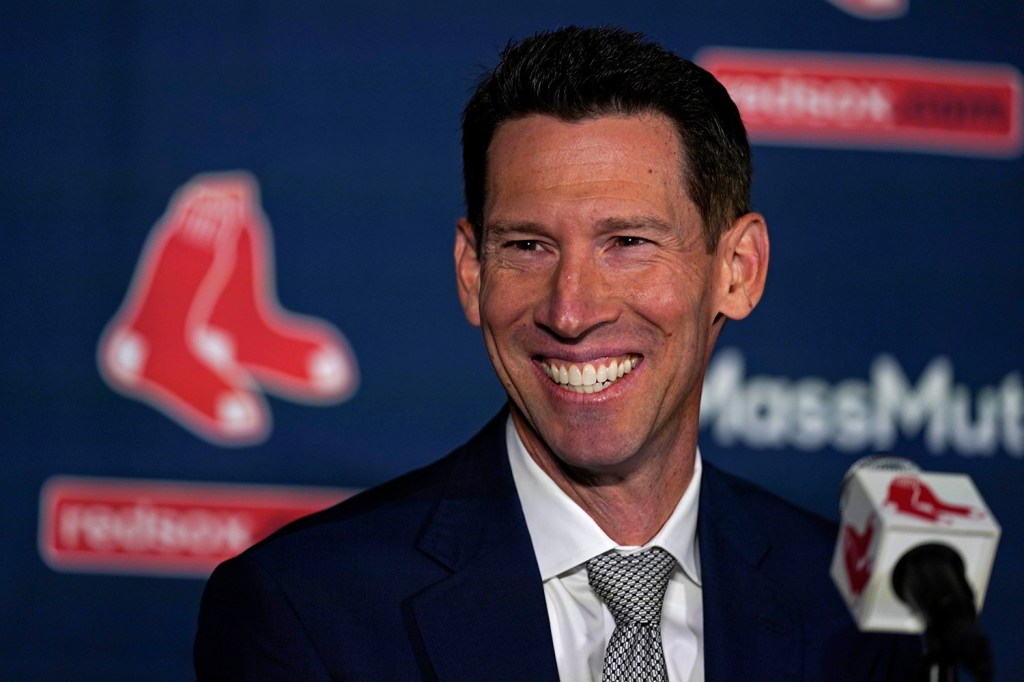
Throughout much of the season, my stance on the Red Sox’s strategy for the trade deadline was clear and consistent: sell. The reasoning was based on both logic and insights from industry insiders. In his inaugural year as the Red Sox’s chief baseball officer, Craig Breslow was expected to objectively evaluate the team and recognize its shortcomings and low expectations. Ownership had not pressured for an end to the playoff drought, giving Breslow the liberty to sell assets like Kenley Jansen, Chris Martin, Nick Pivetta, and Tyler O’Neill for prospects, thereby better positioning the team for future competitiveness.
Breslow could reflect on the fate of his predecessor, Chaim Bloom, who struggled with mixed signals from ownership and attempted to balance a playoff push with selling future pieces, ultimately failing. Thus, a clear decision to sell seemed straightforward.
However, recent developments have cast doubt on this approach. The Red Sox have shown a newfound determination, developing an offensive identity driven by speed and athleticism, scoring seven or more runs in six of their last eight games against strong teams like the Phillies and Yankees. The imminent return of key players Wilyer Abreu and Triston Casas further strengthens an already robust offense.

Such decisions shouldn’t be based on a short winning streak, but if the team continues this performance, Breslow might have to reconsider. Denying the players additional support at the deadline could be demoralizing, especially since Breslow, a former player himself, understands the positive impact of reinforcements on team morale.
Even so, Breslow wouldn’t trade top prospects like Marcelo Mayer or Roman Anthony for short-term gains. His focus might shift to acquiring players with longer-term value or making minor moves to enhance bullpen depth or add a right-handed bat.
The Red Sox’s position close to the wild card race will determine if an upgrade is warranted. A decline would validate a return to the original plan of selling. But if the team proves competitive, Breslow’s strategy at the deadline might need to adapt.

A talent evaluator recently assessed the potential trade value of Red Sox players. If the team shifts to a buying mode, they might target:
1. Right-handed bat: To balance their left-heavy lineup, especially with Abreu and Casas returning, adding a right-handed hitter like Tommy Pham could be beneficial. Pham, valuable to the White Sox, could offer leadership and intensity.
2. High-leverage reliever: With Chris Martin’s uncertain performance due to injuries, acquiring a reliable power set-up man could support the bullpen, complementing Martin’s efforts.
3. Starting pitching depth: While the current starters have exceeded expectations, the team lacks depth beyond them. Adding a back-end starter could fortify the rotation for the season’s second half.
The Red Sox’s recent performance suggests potential, but consistent success is necessary to justify a shift from selling to buying at the trade deadline.
Leave a Reply